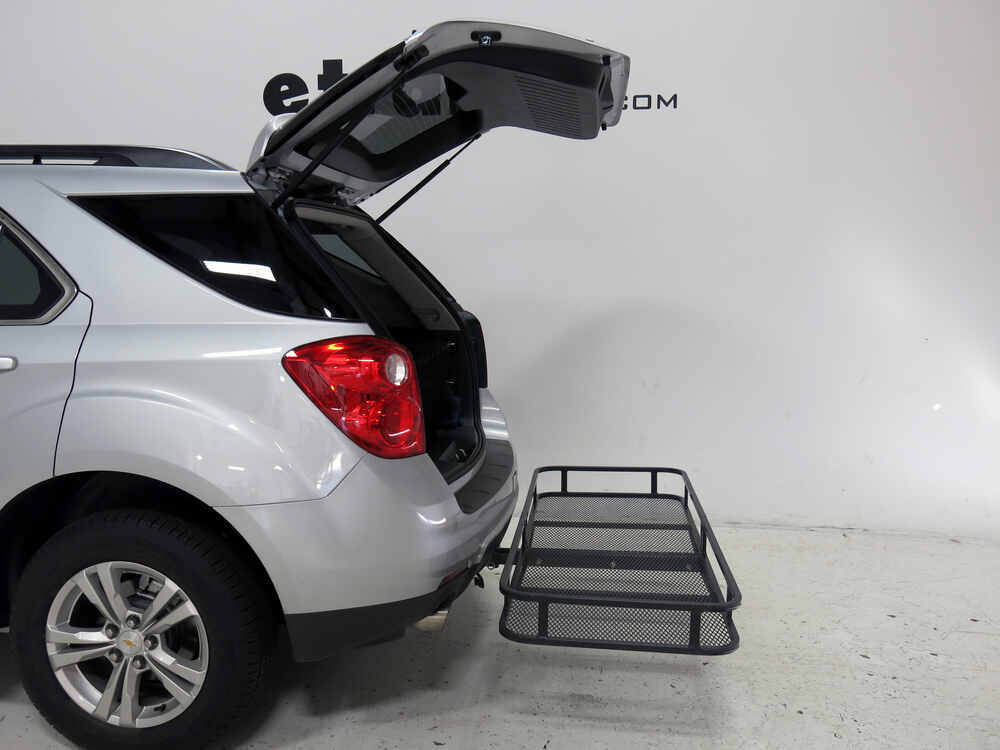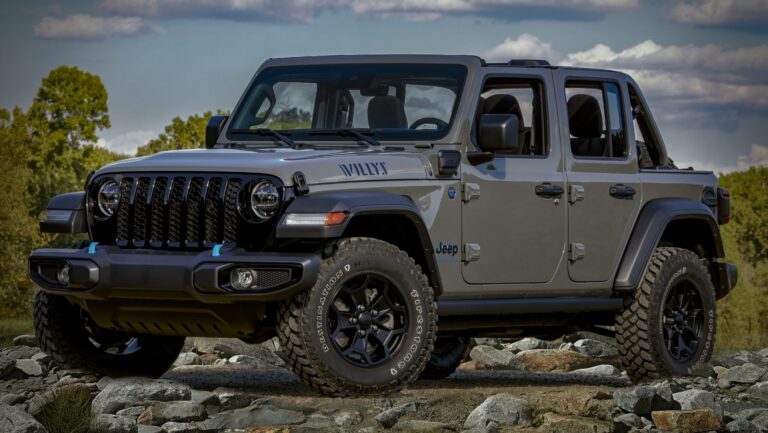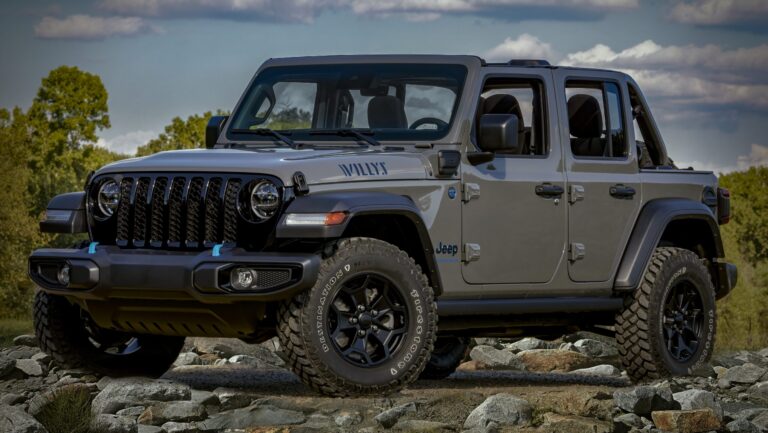Jeep Grand Cherokee Roof Rack: Unleash Your Vehicle’s Full Potential
Jeep Grand Cherokee Roof Rack: Unleash Your Vehicle’s Full Potential jeeps.truckstrend.com
The Jeep Grand Cherokee is renowned for its blend of rugged capability, luxurious comfort, and versatile performance, making it a favorite for both daily commutes and adventurous getaways. However, even with its generous interior, there are times when you need more space for gear – especially when heading off the beaten path or embarking on extended trips. This is precisely where a Jeep Grand Cherokee Roof Rack becomes an indispensable accessory. Far more than just a set of bars on your roof, a well-chosen roof rack system transforms your vehicle into a true expedition machine, allowing you to transport bulky, awkward, or dirty items that simply won’t fit inside. From kayaks and bikes to camping equipment and oversized luggage, a roof rack is the key to unlocking your Grand Cherokee’s ultimate utility and expanding your horizons for adventure.
This comprehensive guide will delve into every aspect of Jeep Grand Cherokee roof racks, exploring their components, types, benefits, installation, and crucial considerations to help you select the perfect system for your needs.
Jeep Grand Cherokee Roof Rack: Unleash Your Vehicle’s Full Potential
Why You Need a Roof Rack for Your Grand Cherokee
While the Grand Cherokee offers ample interior space, certain items are simply not suited for transport inside the cabin. A roof rack provides the ideal solution, offering several compelling advantages:
- Expanded Cargo Capacity: This is the primary benefit. A roof rack allows you to carry additional luggage, camping gear, recovery equipment, or anything else that exceeds your vehicle’s interior volume.
- Transporting Oversized or Awkward Items: Imagine trying to fit a kayak, mountain bike, skis, or a ladder inside your Grand Cherokee. It’s either impossible or highly impractical. A roof rack provides the secure external platform needed for these items.
- Protecting Your Interior: Muddy boots, wet camping gear, or sandy beach equipment can quickly soil your vehicle’s pristine interior. Transporting these items on the roof keeps your cabin clean and tidy.
- Enabling Outdoor Adventures: For the outdoor enthusiast, a roof rack is a game-changer. It allows you to effortlessly carry the specialized gear for cycling, kayaking, skiing, surfing, or even setting up a rooftop tent for overlanding.
- Versatility and Customization: A basic roof rack system can be augmented with various attachments – from cargo baskets and roof boxes to specialized carriers – allowing you to adapt your carrying capacity to specific needs.
Understanding the Components of a Jeep Grand Cherokee Roof Rack System
A complete roof rack system for your Jeep Grand Cherokee typically consists of several key components that work in unison:
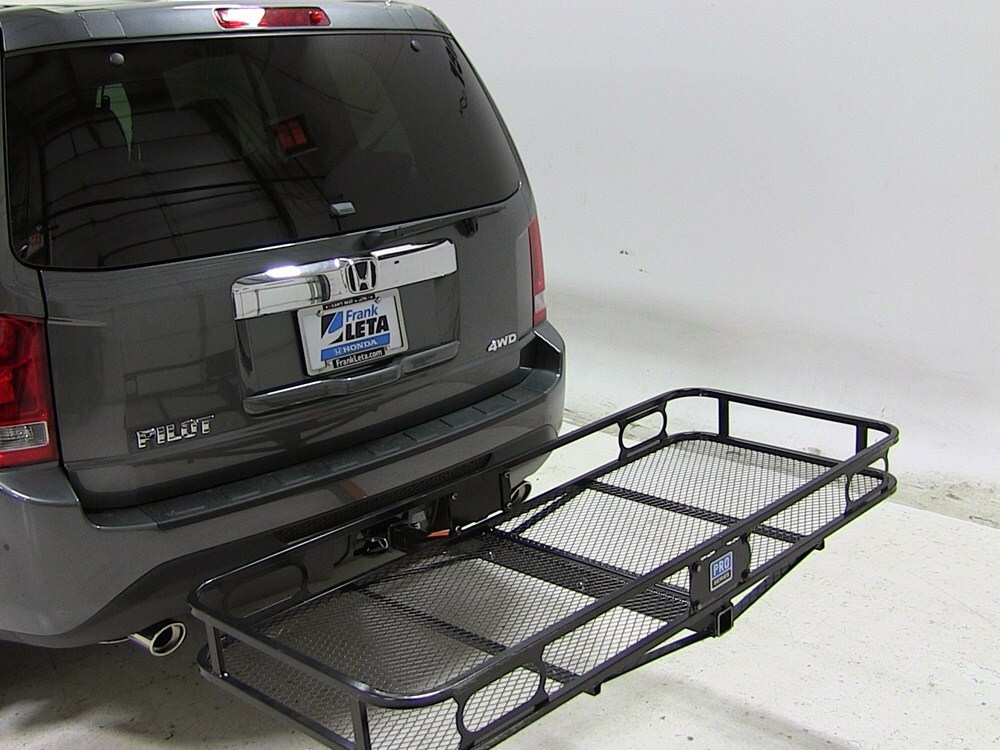
- Side Rails (or Flush Rails): Most Grand Cherokees come equipped with factory-installed side rails running front-to-back along the roof. These can be "raised" rails (with a gap between the rail and the roof) or "flush" rails (which sit directly on the roof with no gap). Some older models might have fixed mounting points instead of full rails. Aftermarket systems are designed to integrate with these existing structures.
- Mounting Towers/Feet: These are the foundational components that connect the crossbars to your vehicle’s side rails or fixed mounting points. They are designed to be vehicle-specific, ensuring a secure and stable fit.
- Crossbars: These are the horizontal bars that span the width of your vehicle, attaching to the mounting towers. They are the primary load-bearing components where accessories are mounted. Crossbars come in various profiles:
- Square Bars: Traditional, strong, but can be noisy and less aerodynamic.
- Round Bars: Similar to square bars in function, also can be noisy.
- Aerodynamic Bars (Wing-shaped): Designed to reduce wind noise and improve fuel efficiency, often made from aluminum. These are the most popular choice today.

- Attachments/Accessories: Once you have the core crossbar system, you can add various specialized accessories to carry specific items:
- Cargo Baskets: Open-top baskets for general luggage, camping gear, or firewood.
- Roof Boxes/Cargo Boxes: Enclosed, weather-resistant containers for luggage, skis, or camping gear, offering excellent protection.
- Bike Carriers: Designed to securely hold bicycles, available in fork-mount, frame-mount, or wheel-mount styles.
- Kayak/Canoe Carriers: Specialized cradles or J-style racks to transport watercraft.
- Ski/Snowboard Carriers: Clamps designed to hold multiple pairs of skis or snowboards.
- Awning Mounts: For attaching vehicle-mounted awnings.
Types of Roof Racks for Jeep Grand Cherokee
The type of roof rack you choose will largely depend on your Grand Cherokee’s model year, existing roof configuration, and your specific needs.
- OEM (Factory-Installed) Crossbars: Many Grand Cherokee models offer optional or standard factory crossbars.
- Pros: Seamless integration, designed specifically for your vehicle, often aesthetically pleasing.
- Cons: Often have lower weight capacities than aftermarket options, can be more expensive from the dealership, and may not be as versatile for mounting diverse accessories.
- Aftermarket Crossbar Systems: These are the most common and versatile options. Brands like Thule, Yakima, Rhino-Rack, and Küat offer systems designed to fit various Grand Cherokee models.
- Pros: Higher weight capacities, wider range of accessory compatibility, often more aerodynamic designs, competitive pricing.
- Cons: Can sometimes be more complex to install than OEM, slight increase in wind noise and minor impact on fuel economy (though modern designs minimize this).
- Full Platform Racks: These are robust, flat platforms that cover a significant portion of the roof, offering maximum versatility and a rugged look.
- Pros: Excellent for overlanding and heavy-duty use, provides a large, flat surface for mounting various gear, rooftop tents, or multiple accessories. Highly modular.
- Cons: Heavier, more expensive, significantly impacts vehicle height (important for garages), can create more wind noise, and are generally more permanent installations. Popular brands include Rhino-Rack Pioneer Platform and Front Runner Slimline II.
Choosing the Right Roof Rack for Your Grand Cherokee
Selecting the ideal roof rack involves careful consideration of several factors:
- Vehicle Specificity: Crucially, confirm the exact year and model of your Grand Cherokee. The type of factory roof rails (raised, flush, or fixed points) will dictate compatible roof rack systems.
- Intended Use & Cargo: What will you primarily carry? Occasional luggage requires a different setup than weekly kayak trips or off-road expeditions with a rooftop tent.
- Weight Capacity: Every roof rack system has a maximum weight capacity, and your Grand Cherokee also has a maximum dynamic (moving) and static (parked) roof load limit (check your owner’s manual). Always ensure the combined weight of the rack, accessories, and cargo does not exceed the lowest of these limits.
- Material and Durability: Most quality crossbars are made from aluminum (lightweight, rust-resistant) or steel (heavier, more robust, but can rust if not coated).
- Noise and Fuel Efficiency: Aerodynamic crossbars are designed to minimize wind noise and drag, which can otherwise impact your driving experience and fuel economy.
- Ease of Installation/Removal: Do you plan to leave the rack on permanently, or remove it when not in use? Some systems are quicker and easier to install/remove than others.
- Budget: Prices vary significantly depending on the brand, type of system, and materials. Set a realistic budget, but prioritize safety and quality.
- Aesthetics: While functional, the look of the rack on your Grand Cherokee might be a factor for you.
Installation Guide: Installing a Roof Rack on Your Grand Cherokee
While specific steps vary by manufacturer and Grand Cherokee model, here’s a general overview of installing a typical aftermarket crossbar system:
- Read the Instructions: This is the most critical step. Every system comes with detailed, model-specific instructions.
- Gather Tools: You’ll typically need an Allen wrench (often provided), a tape measure, and sometimes a socket wrench.
- Identify Mounting Points: Locate the designated attachment points on your Grand Cherokee’s roof rails or fixed points.
- Assemble Towers/Feet: Attach the mounting towers or feet to the crossbars, ensuring they are oriented correctly (front and rear bars are often different lengths).
- Position on Roof: Carefully place the assembled crossbar system onto your Grand Cherokee’s roof rails. Ensure the front and rear bars are spaced according to the manufacturer’s recommendations.
- Secure to Rails: Follow the instructions to securely attach the mounting towers to your vehicle’s rails. This usually involves tightening clamps or bolts. Ensure even pressure on all sides.
- Adjust and Tighten: Double-check all measurements (crossbar overhang, spacing) and ensure everything is level. Fully tighten all fasteners to the specified torque settings.
- Test Stability: Give the rack a gentle shake to ensure it’s firmly attached and doesn’t wobble. Re-check all bolts after your first short drive.
Always prioritize safety and follow the manufacturer’s specific instructions meticulously. If unsure, consider professional installation.
Maintenance and Safety Tips
To ensure longevity and safe operation of your Jeep Grand Cherokee roof rack:
- Regular Inspection: Periodically check all bolts, straps, and connections for tightness and wear, especially before and after long trips.
- Proper Weight Distribution: Distribute cargo evenly on the rack and ensure the heaviest items are as low and centered as possible.
- Secure Cargo: Always use high-quality straps, nets, or locks to secure your cargo. Never rely solely on friction.
- Be Mindful of Height: Remember that a loaded roof rack significantly increases your vehicle’s overall height. Be aware of low clearances in garages, drive-thrus, and car washes.
- Clean Regularly: Wash the rack with mild soap and water to prevent dirt and grime buildup, especially after off-road excursions or exposure to salt.
- Remove When Not in Use: If you don’t use your rack frequently, consider removing it. This can reduce wind noise and slightly improve fuel efficiency.
Practical Advice and Actionable Insights
- Don’t Overload: Never exceed your roof rack’s or your Grand Cherokee’s maximum weight capacity. This is critical for safety and vehicle stability.
- Measure Twice, Buy Once: Double-check your Grand Cherokee’s year, model, and roof type before purchasing. Compatibility is key.
- Consider Future Needs: Even if you only need to carry luggage now, think about potential future adventures (bikes, kayaks, rooftop tent). Invest in a versatile system that can grow with your needs.
- Check Local Laws: Be aware of any local or state regulations regarding cargo overhang or specific tie-down requirements.
- Adjust Driving Style: When loaded, your Grand Cherokee’s center of gravity will be higher. Drive more cautiously, especially when cornering, braking, or in windy conditions.
Jeep Grand Cherokee Roof Rack Price Guide (Estimated)
Please note: Prices are approximate and can vary significantly based on brand, specific model, materials, and point of purchase (online retailer, specialty shop, dealership). Installation costs are typically separate.
| Type of Roof Rack Component/System | Description | Estimated Price Range (USD) | Popular Brands |
|---|---|---|---|
| OEM Crossbars | Factory-designed crossbars, often sold as accessories by Jeep dealerships. | $250 – $500 | Mopar (Jeep OEM) |
| Aftermarket Crossbar System | Complete system including towers and aerodynamic crossbars for raised/flush rails. | $400 – $800 | Thule, Yakima, Rhino-Rack, Küat |
| Full Platform Rack | Robust, large flat platform for maximum cargo, overlanding, rooftop tents. | $800 – $1,500+ | Rhino-Rack Pioneer Platform, Front Runner Slimline II |
| Basic Cargo Basket | Open-top basket for general gear, attaches to crossbars. | $150 – $400 | Thule, Yakima, Rola, ARB |
| Premium Roof Box/Cargo Box | Enclosed, lockable, weather-resistant storage. | $400 – $1,000+ | Thule, Yakima, Inno |
| Bike Carrier (1 bike) | Individual carrier for bicycles (roof-mounted). | $150 – $350 | Thule, Yakima, Kuat, RockyMounts |
| Kayak/Canoe Carrier | Specialized cradles or J-style racks for watercraft. | $100 – $300 | Thule, Yakima, Malone |
| Ski/Snowboard Carrier | Clamps to hold multiple skis or snowboards. | $100 – $250 | Thule, Yakima, Inno |
Frequently Asked Questions (FAQ)
Q: Will a roof rack affect my fuel economy?
A: Yes, to some extent. Any addition to your vehicle’s exterior creates drag, which can slightly reduce fuel efficiency. Aerodynamic crossbar designs and removing the rack when not in use can help minimize this impact.
Q: What is the weight limit for a Grand Cherokee roof rack?
A: This varies. Your Grand Cherokee’s owner’s manual will specify the maximum dynamic (driving) and static (parked) roof load capacity. Additionally, the roof rack system itself will have a maximum capacity. Always adhere to the lowest of these limits. Typically, dynamic capacities range from 150-220 lbs for most Grand Cherokees.
Q: Can I install a roof rack myself?
A: Most aftermarket crossbar systems are designed for DIY installation and come with detailed instructions. Basic hand tools are usually sufficient. However, if you’re uncomfortable, professional installation is always an option. Full platform racks can be more involved.
Q: Do all Grand Cherokees come with roof rails?
A: Most modern Grand Cherokee trims come with either raised or flush factory roof rails. However, some base models or older generations might have only fixed mounting points or no pre-installed roof components, which would require a specific type of mounting kit. Always check your vehicle’s specific configuration.
Q: How do I reduce wind noise from my roof rack?
A: Choose aerodynamic crossbars. Ensure all components are tightly installed. Some racks offer fairings or wind deflectors that can significantly reduce noise, especially at highway speeds. Removing the rack when not in use is the best way to eliminate noise.
Q: Are roof racks universal?
A: No. While some accessories (like bike carriers) might be somewhat universal and fit various crossbar types, the core roof rack system (towers and crossbars) is specific to your vehicle’s make, model, and year, and its existing roof rail configuration.
Conclusion
A Jeep Grand Cherokee roof rack is much more than an accessory; it’s an investment in your vehicle’s utility and your lifestyle. By significantly expanding your cargo capacity and enabling the secure transport of specialized gear, a roof rack empowers you to embark on bigger adventures, carry more essentials, and keep your vehicle’s interior clean and uncluttered. Whether you’re a weekend warrior, an avid outdoors person, or simply need extra space for family trips, carefully choosing the right roof rack system for your Grand Cherokee will unlock its full potential, making it an even more capable and versatile companion for all of life’s journeys.

